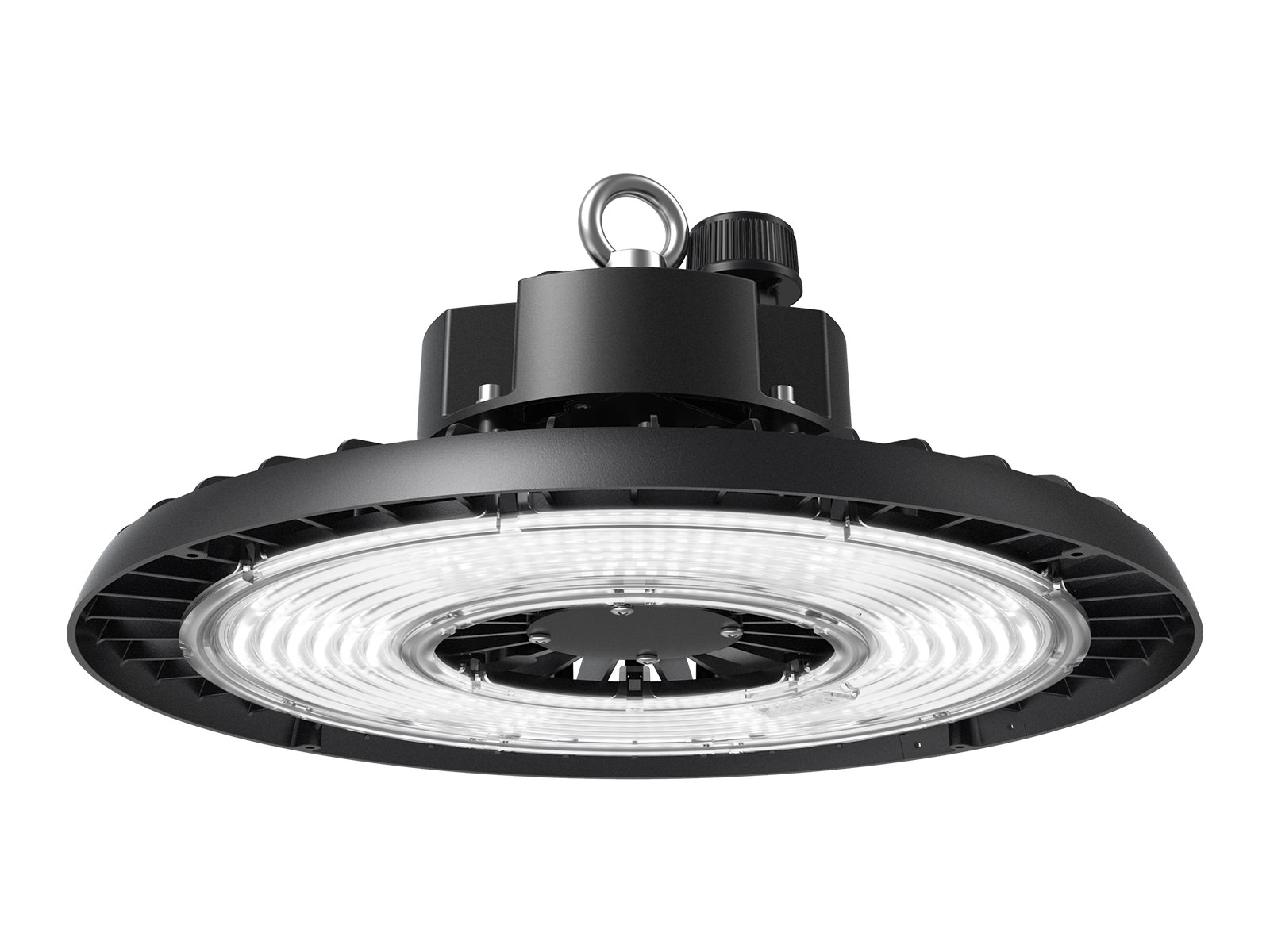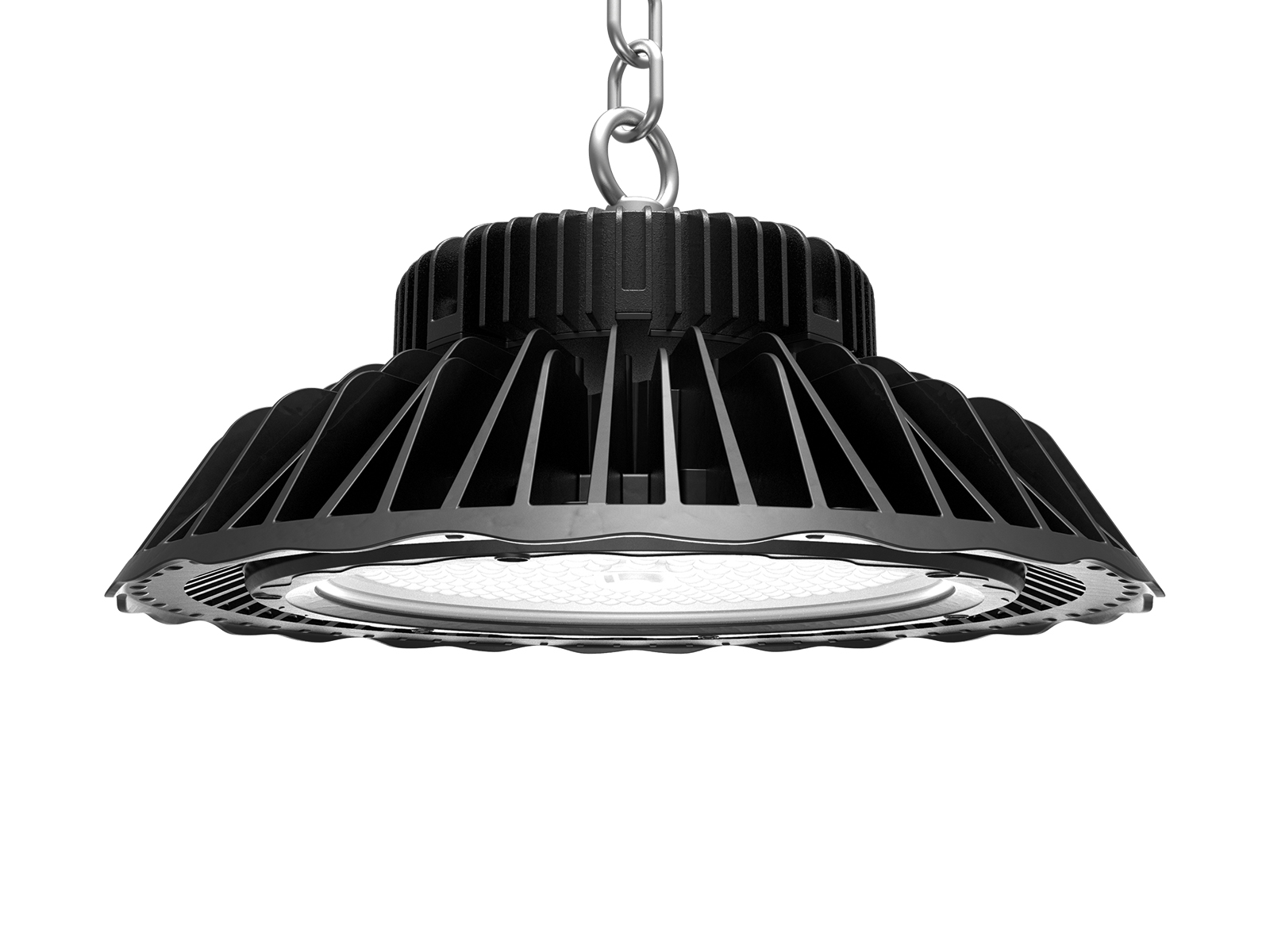Lens choices for LED industrial lighting fixtures are various. The lens can be divided into silicone lens, PMMA lens, PC lens, and glass lens, according to the material; It can be divided into circle lens, strip lens, bead lens, honeycomb lens, and so on according to the shape.
Today, let's explore the advantages and disadvantages of circle lenses, strip lenses, bead lenses, and honeycomb lenses to help you choose the lens that meets your requirements.
Circle Lens
To start with, the circle lens is one of the most popular lenses in the market.
It is light, so it’s cheap. The circles can expand the luminous surface, which can be useful in areas without strict rules on glare, and lamps with it are required to be hung at a low height, or people will feel uncomfortable when they look up to the light. Moreover, for the shape of a circle, the aluminum substrate can be put with more LED chips. The low price and the enough chips make the circle lens get more choices. Here is an example fixture with a circle lens, please click the image for details.
Strip Lens
Apart from the circle lens, the strip lens is voted for specific requirements.
Warehouses, supermarkets, and even indoor sports areas need it. As we all know, shelves in the former two applications are arranged linearly, and using a strip lens can greatly lessen unnecessary lighting on the shelves, making the light focus on the aisles and asymmetric light on the goods. It helps to lessen the glare, if it is frosted plus point, so the lights with strip lenses can be used in indoor stadiums, too.
Bead Lens
Thirdly, a bead lens is advocated as its buggiest merits in glare and spilled light control.
The several-chip-in-one lens assists in making the light more focused, and it turns the dot light source into area one, which means the beam angles can be changed. Moreover, it will be a little more expensive than the previous ones.
Honeycomb Lens
Finally, the honeycomb lens is different from the lens above in material and function.
It is Polycarbonate with electroplated metal reflective material on the surface, which could fall off if the light is exposed to a high temperature for a long time. Furthermore, the cover is not able to be put on if the honeycomb lens is used. However, the UGR can be well controlled with it.
To sum up, in terms of UGR control, the order is as follows, the honeycomb lens is the best, then the bead lens, and the circle lens lasts. While in terms of price, the order is reversed.



















